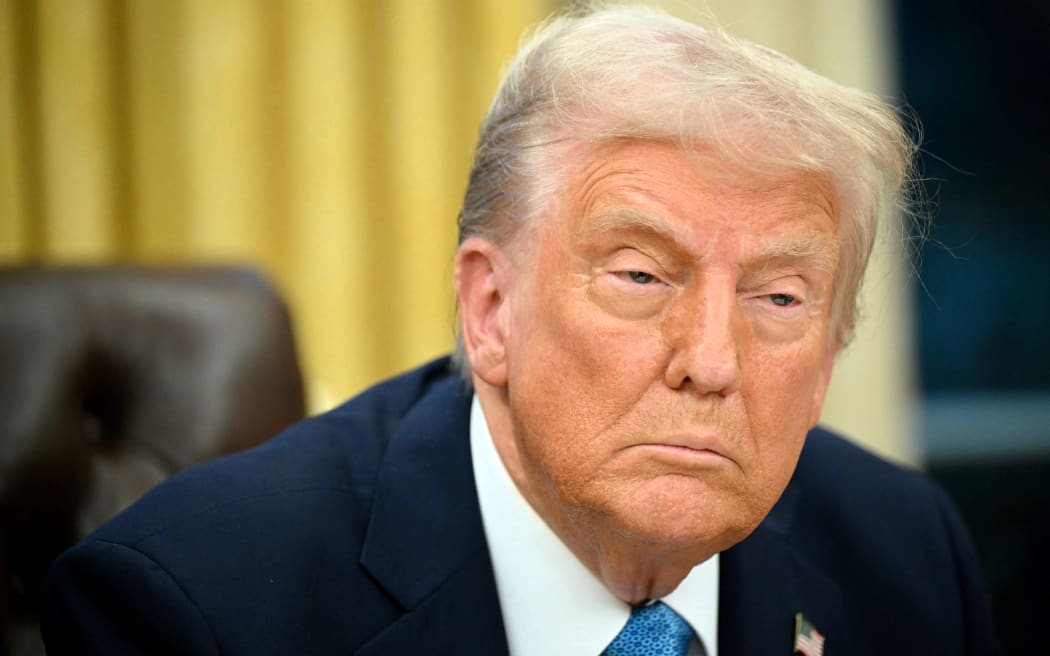China has retaliated after US President Donald Trump’s additional tariff on all Chinese imports into the US came into effect. Photo: AFP
China on Tuesday slapped tariffs on United States imports in a swift response to new US duties on Chinese goods, renewing a trade war between the world’s top two economies as President Donald Trump sought to punish China for not halting the flow of illicit drugs.
Trump’s additional 10 percent tariff across all Chinese imports into the US came into effect at 12.01am ET on Tuesday.
Within minutes, China’s Finance Ministry said it would impose levies of 15 percent for US coal and LNG and 10 percent for crude oil, farm equipment and some autos. The new tariffs on US exports will start on 10 February, the ministry said.
China also said it was starting an anti-monopoly investigation in Alphabet Inc’s Google, while including both PVH Corp, the holding company for brands including Calvin Klein, and US biotechnology company Illumina on its “unreliable entities list”.
Separately, China’s Commerce Ministry and its Customs Administration said it was imposing export controls on tungsten, tellurium, ruthenium, molybdenum and ruthenium-related items to “safeguard national security interests”. China controls much of the world’s supply of such rare earths that are critical for the clean energy transition.
Trump on Monday suspended his threat of 25 percent tariffs on Mexico and Canada at the last minute, agreeing to a 30-day pause in return for concessions on border and crime enforcement with the two neighbouring countries.
But there was no such reprieve for China, and a White House spokesperson said Trump would not be speaking with Chinese President Xi Jinping until later in the week.
During his first term in 2018, Trump initiated a brutal two-year trade war with China over its massive US trade surplus, with tit-for-tat tariffs on hundreds of billions of dollars worth of goods upending global supply chains and damaging the world economy.
To end that trade war, China agreed in 2020 to spend an extra $200 billion a year on US goods but the plan was derailed by the Covid pandemic and its annual trade deficit had widened to $361b, according to Chinese customs data released last month.
“The trade war is in the early stages so the likelihood of further tariffs is high,” Oxford Economics said in a note as it downgraded its China economic growth forecast.
Trump warned he might increase tariffs on China further unless Beijing stemmed the flow of fentanyl, a deadly opioid, into the United States.
“China hopefully is going to stop sending us fentanyl, and if they’re not, the tariffs are going to go substantially higher,” he said on Monday.
China has called fentanyl America’s problem and said it would challenge the tariffs at the World Trade Organisation and take other countermeasures, but also left the door open for talks.
Stocks in Hong Kong pared gains after China’s retaliation.
“Unlike Canada and Mexico, it is clearly harder for the US and China to agree on what Trump demands economically and politically. The previous market optimism on a quick deal still looks uncertain,” said Gary Ng, senior economist at Natixis in Hong Kong.
“Even if the two countries can agree on some issues, it is possible to see tariffs being used as a recurrent tool, which can be a key source of market volatility this year.”
